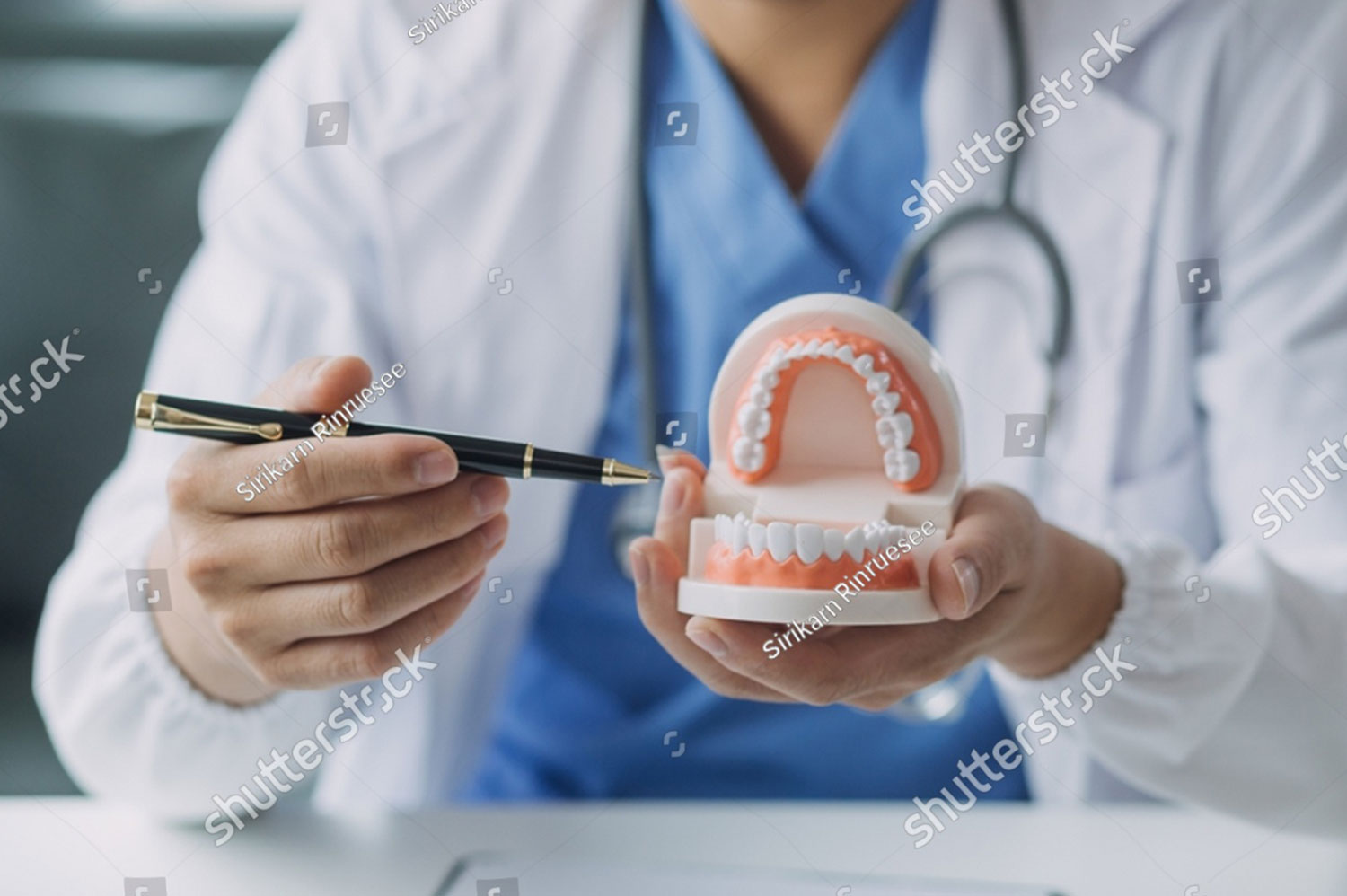Schedule Your
Consultation

Oral cancer is a broad term for cancer that affects the inside of the mouth. More than 53,000 new cases of oral cancer are diagnosed each year in the United States. It can resemble common issues such as white patches or sores on the lips or inside the mouth that may bleed. However, unlike typical oral conditions, the key warning sign of oral cancer is that these changes do not go away. If left untreated, oral cancer can spread beyond the mouth and throat to other areas of the head and neck. Approximately 63% of people diagnosed with oral cavity cancer are still alive five years after diagnosis.
An oral cancer screening is an exam performed to check for signs of cancer in the mouth, including mouth cancer, jaw cancer, and tongue cancer. During the screening, several areas are carefully examined, such as the cheek lining, the floor and roof of the mouth, the gums, lips, tongue, and tonsils.
Most mouth cancers are caused by using tobacco, drinking alcohol, or both. Most throat cancers are linked to the human papillomavirus (HPV), especially HPV type 16, and cases of HPV-related oral cancer have been rising. Tobacco in any form, such as smoking cigarettes, cigars, pipes, using e-cigarettes, or using chewing tobacco and snuff, raises the risk of oral cancer. Drinking a lot of alcohol also increases the risk, and using both tobacco and alcohol together makes it even higher. Age is another factor, with most oral cancers happening in people over 40. Other causes include too much sun exposure, which can lead to lip cancer, a poor diet low in fruits and vegetables, and inherited gene problems that can raise the risk of mouth and throat cancer.
It can be quite tough to tell whether it's a minor health condition or oral cancer symptoms. In this case, it really needs a professional diagnosis. Anyway, here are some common signs:

Includes digital photos with a smile simulation using our intra-oral scanner. Find out if you are a candidate, and get a personalized treatment plan.
Read MoreWe offer our Rowland Dental Savings Plan for patients without insurance. Contact us today to Read More!
Read More